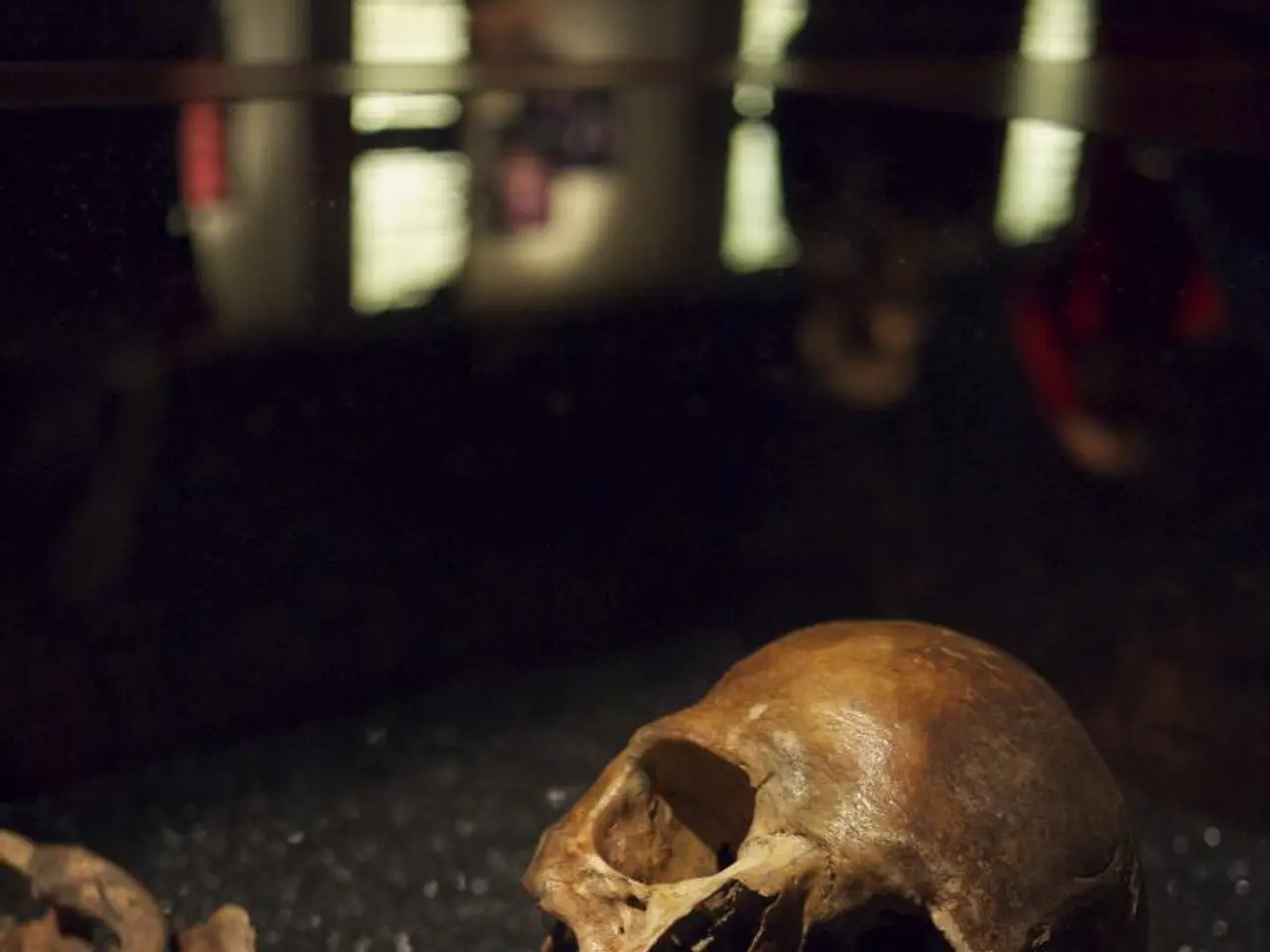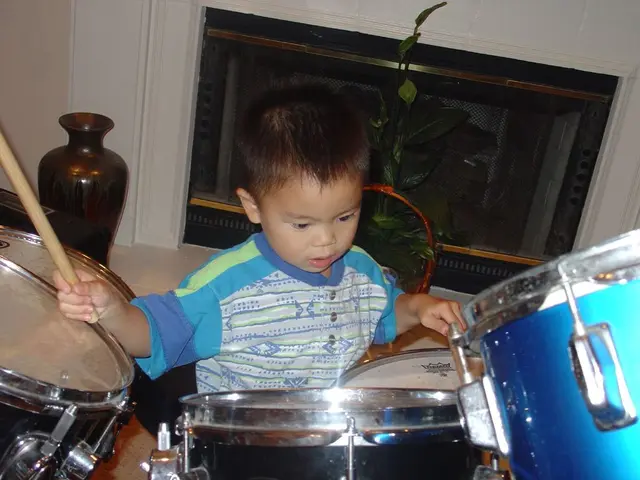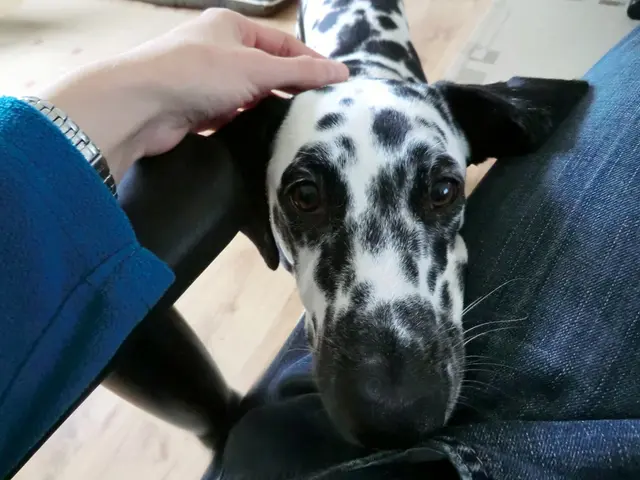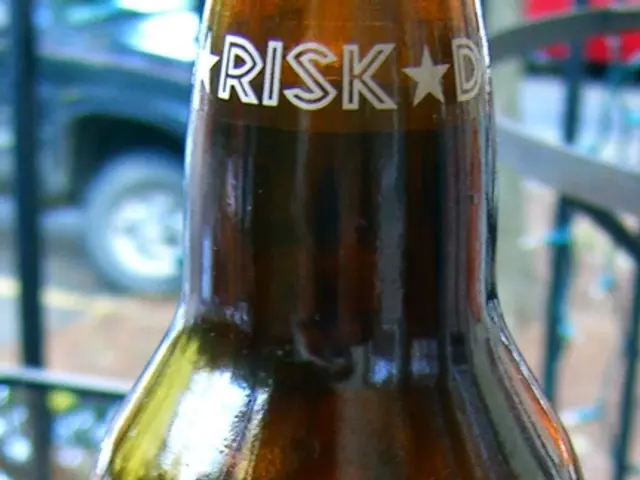Kyphoscoliosis Exploration: Symptoms, Causes, Remedies, and Frequently Asked Questions
Kyphoscoliosis is a complex spinal disorder that results in a noticeable rounding or hunching of the back, combining the features of both scoliosis and kyphosis. This condition is often associated with several connective tissue disorders, particularly those within the Ehlers-Danlos syndrome (EDS) group.
One such disorder is Ehlers-Danlos Syndrome, Kyphoscoliotic Type, formerly known as Type VI. Characterized by severe muscle hypotonia at birth, generalized joint laxity, scoliosis, and other features such as skin hyperextensibility and easy bruising, this type is associated with variations in the PLOD1 gene and is inherited in an autosomal recessive manner.
Another relevant disorder is Nevo Syndrome, now considered a form of EDS type VI. Similar to kyphoscoliotic EDS, Nevo syndrome presents with kyphosis and joint laxity, as well as overgrowth and other physical abnormalities.
While Marfan Syndrome is not primarily characterized by kyphoscoliosis, it is a connective tissue disorder that can sometimes present with scoliosis. It primarily affects the connective tissue in various parts of the body, such as the heart, eyes, and skeleton.
Treatment for kyphoscoliosis aims to manage symptoms, prevent further progression of the spinal curvature, and improve a person's overall quality of life. The choice of treatment depends on certain factors, including associated symptoms, the severity of the deformity, the age of the individual, and the underlying cause.
Symptoms in children can include uneven shoulders or hips, a prominence of part of the spine or shoulder blades, an uneven waist, arms or legs longer on one side, gait changes, and in some cases, neurological issues. Physical therapy is essential in managing kyphoscoliosis, with a physical therapist providing individualized treatment plans and guidance on maintaining proper body mechanics. Exercises and stretches can help improve posture, strengthen the muscles supporting the spine, and increase flexibility.
There is no known cure for kyphoscoliosis, but various treatment approaches can help manage the condition and improve outcomes. For individuals with moderate kyphoscoliosis or those still growing, a brace may help slow or prevent the progression of the spinal curvature. Surgical procedures for severe kyphoscoliosis often involve spinal fusion using bone grafts, implants, and devices.
Medications such as nerve blocks can help alleviate discomfort and improve overall well-being for people with kyphoscoliosis. The outlook for individuals with kyphoscoliosis varies depending on factors like severity, underlying cause, overall health status, and treatment effectiveness.
Kyphoscoliosis has the potential to cause respiratory complications due to the curvature of the spine restricting lung expansion. Specialists with expertise in correcting severe spinal deformities may perform surgery on individuals with kyphoscoliosis.
Older individuals may experience back pain, concerns about spinal appearance, progressively worsening respiratory function, weakness or paralysis, stiffness, fatigue, and neurological issues. The seriousness of kyphoscoliosis depends on the severity of the curvature, associated symptoms, and underlying causes.
For people with mild cases of kyphoscoliosis, doctors may recommend periodic checkups and imaging tests to track the condition's progression. Developmental abnormalities, neuromuscular conditions, connective tissue disorders, and other factors may cause kyphoscoliosis.
In conclusion, kyphoscoliosis is a complex spinal disorder that requires careful management and a tailored treatment plan. Understanding the associated disorders and the potential complications can help individuals and their families navigate this condition effectively.
- Scoliosis, a component of kyphoscoliosis, can be present in individuals with Marfan Syndrome, a connective tissue disorder.
- Treatment for kyphoscoliosis may involve braces for those with moderate conditions or surgical procedures for severe cases, such as spinal fusion using bone grafts and devices.
- While physical therapy is essential for managing kyphoscoliosis, medications like nerve blocks can also help alleviate pain and improve overall health and wellness.
- Kyphoscoliosis can lead to chronic diseases like respiratory complications due to limited lung expansion, and specialists may perform surgeries for individuals with severe cases to correct these abnormalities.
- Associated medical-conditions, including connective tissue disorders like Ehlers-Danlos Syndrome, Nevo Syndrome, and Marfan Syndrome, can increase the complexity of managing kyphoscoliosis, necessitating a tailored health-and-wellness approach.




